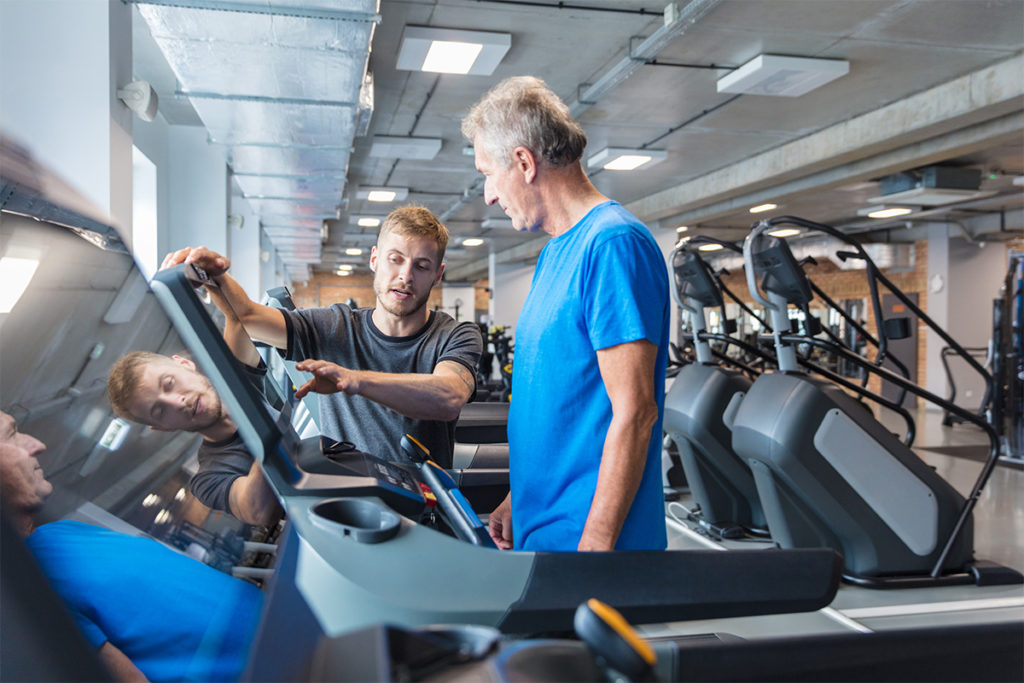Faster Walking After a Stroke
Training stroke survivors to walk faster boosts their multi-tasking skills.

Stroke survivors should know that speed walking after a stroke will help them get a step ahead.
New research shows that stroke survivors who progress to walking a little faster are also more likely to improve their ability to perform cognitive tasks as they walk, according to a study published in Clinical Rehabilitation (2021; doi:10.1177/02692155211017360). “These findings show that, for those who walk slowly, initially focusing on improving their walking speed may increase their capacity to improve dual-task walking,” said lead study author Johnny Collett, PhD, senior clinical research fellow at Oxford Brookes University in England.
Scientists theorize that a faster walking speed is more cyclical and automatic and requires less independent thought than slowly taking one step at a time. This better allows for concurrent performance of cognitive tasks.
Brain imaging of study participants showed that those who walked at a faster pace had more automatic control of walking. That’s important because dual tasking while walking promotes functional freedom. To walk safely, it’s essential to be able to notice and deal with distractions.
See also: Stroke Recovery Training
Shirley Eichenberger-Archer, JD, MA
Shirley Archer, JD, MA, is an internationally acknowledged integrative health and mindfulness specialist, best-selling author of 16 fitness and wellness books translated into multiple languages and sold worldwide, award-winning health journalist, contributing editor to Fitness Journal, media spokesperson, and IDEA's 2008 Fitness Instructor of the Year. She's a 25-year industry veteran and former health and fitness educator at the Stanford Prevention Research Center, who has served on multiple industry committees and co-authored trade books and manuals for ACE, ACSM and YMCA of the USA. She has appeared on TV worldwide and was a featured trainer on America's Next Top Model.






